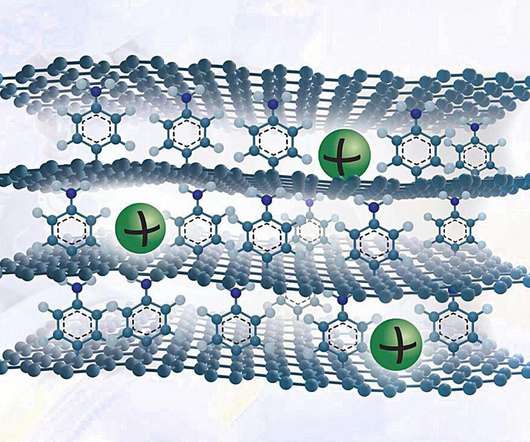RAL proposes new efficient and low-cost process to crack ammonia for hydrogen using sodium amide; transportation applications
Green Car Congress
JUNE 23, 2014
RAL researchers are proposing a new process for the decomposition of ammonia to release hydrogen that involves the stoichiometric decomposition and formation of sodium amide from Na metal. To date, very few candidates show potential beyond that of the seminal work on titanium-doped sodium alanate. Credit: ACS, David et al.






















Let's personalize your content